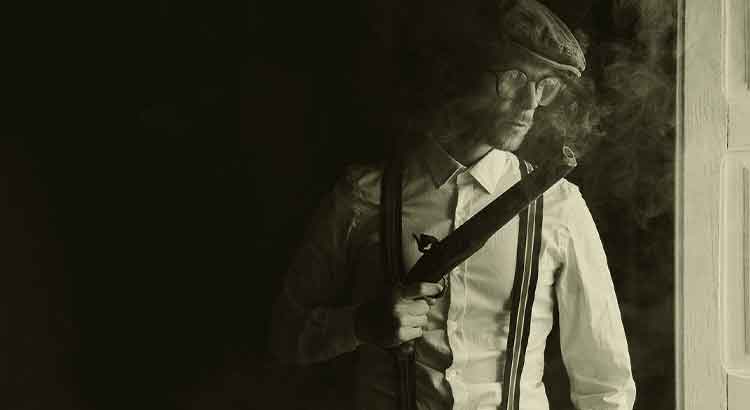Guy de Maupassant, this great French writer, tells about his artistic conceptions in the essay Le roman, available as a preface to his Pierre et Jean. This essay is very interesting: Maupassant outlines his vision of the varied literary movements of the nineteenth century, says some of his influences and addresses some particularities of the literary creation process.
Let’s look at two interesting points from the essay.
Saying about what he thinks is the role of an artist, says Maupassant (in my translation):
To move us he must reproduce it (life) before our eyes with a scrupulous resemblance. He will, therefore, have to compose his work in such a skillful way, so hidden and of so simple appearance that it will be impossible to see and indicate his plan, to discover his intentions.
This carries some of Flaubert, incidentally, whom Maupassant considered his master. Accuracy, here is the summary. No flourishing, bluntness or excess: the artist must paint life exactly as it is.
This principle goes through the whole essay and influences different aspects of the creative process. At one point, Maupassant says about excessive explanations, about having the artist to be justifying the action of his characters, as if painting his psychological profile to substantiate his actions. Says the author:
Therefore, instead of explaining in detail the state of mind of a character, objective writers seek the action or gesture that this state of mind should fatally induce this man into a given situation. And they make him behave in such a way, from one end of the work to the other, that all his actions, all his movements are the reflection of his intimate nature, of all his thoughts, of all his desires or of all his hesitations.
Let the acts speak; action…
I like very much Maupassant’s style, as well as that of Stendhal, another French writer associated with realism. I do not think the artist should extend into explanations, treat the reader like an idiot. Letting the characters speak — or rather, act — is an effective technique for building a thought-provoking, moving, and real narrative.
We will continue in these notes on another occasion. For now, the message is this: when a teacher teaches, we do well listening to him.
____________
Read more:
